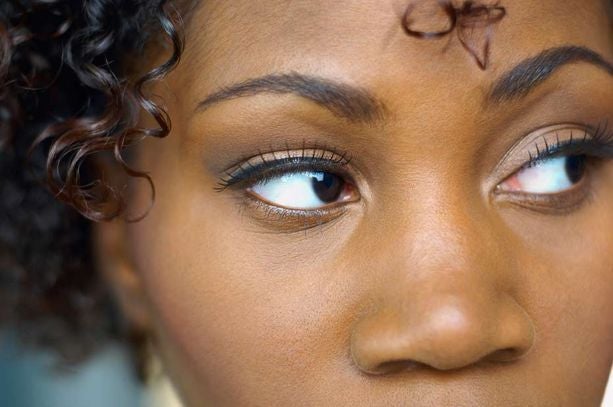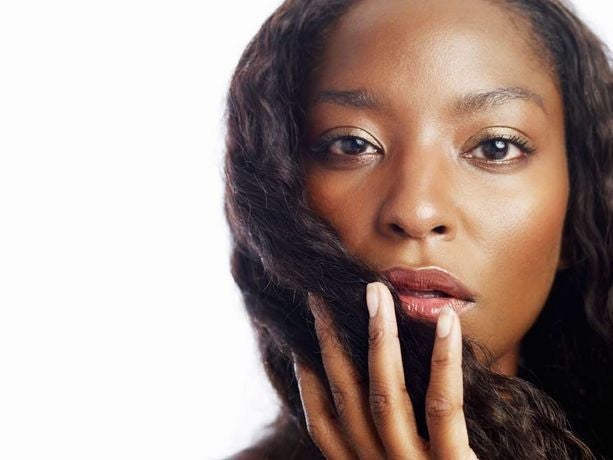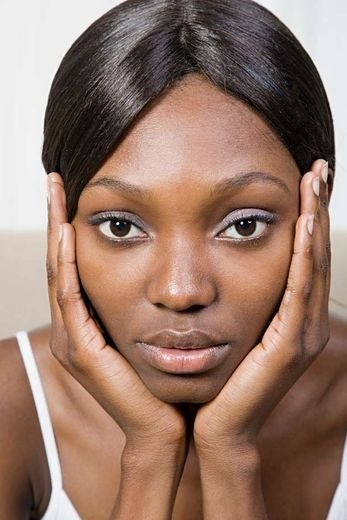It’s World AIDS Day. The epidemic still grips our community and Black people are still the ethnic group most affected by HIV. Knowing these facts can save your life. Black Americans represent only 12 percent of the U.S. population, but they accounted for nearly 44-percent of new HIV infections in 2009, according to the most recent report from the CDC. As alarming as those stats are, the news gets more bleak. In 2010, Blacks accounted for almost half of new AIDS diagnoses — yes, half! (All models featured in this gallery are models, not actual HIV or AIDS patients.)
Today it’s very common to see a man or woman who is living with HIV or AIDS sharing their story in an interview or on a public service announcement. It is inspiring to hear about those whose health hasn’t declined, but it’s important to recognize that many of them are the exception, not the rule. The Center for Disease Control’s 2012 HIV Surveillance Supplemental Report reveals that there were 11,200 new HIV infections in 2009, and in 2010 there were 8,422 new AIDS diagnoses among women.
According to the CDC’s 2012 HIV Surveillance Report, in 2010, Black women accounted for a shocking 64% of new AIDS diagnoses among women in the U.S. What’s perhaps even more alarming, is that Black women only make up 13 percent of the country’s female population. Black women also accounted for the majority of new HIV infections among women in 2009. (Estimates of New HIV Infections in the United States, CDC)
Because HIV interacts with a woman’s reproductive system so heavily, scientists and researchers are constantly at work at finding ways we can better protect ourselves. New HIV prevention methods for women, such as microbicides and cervical barriers, are under research right now.









